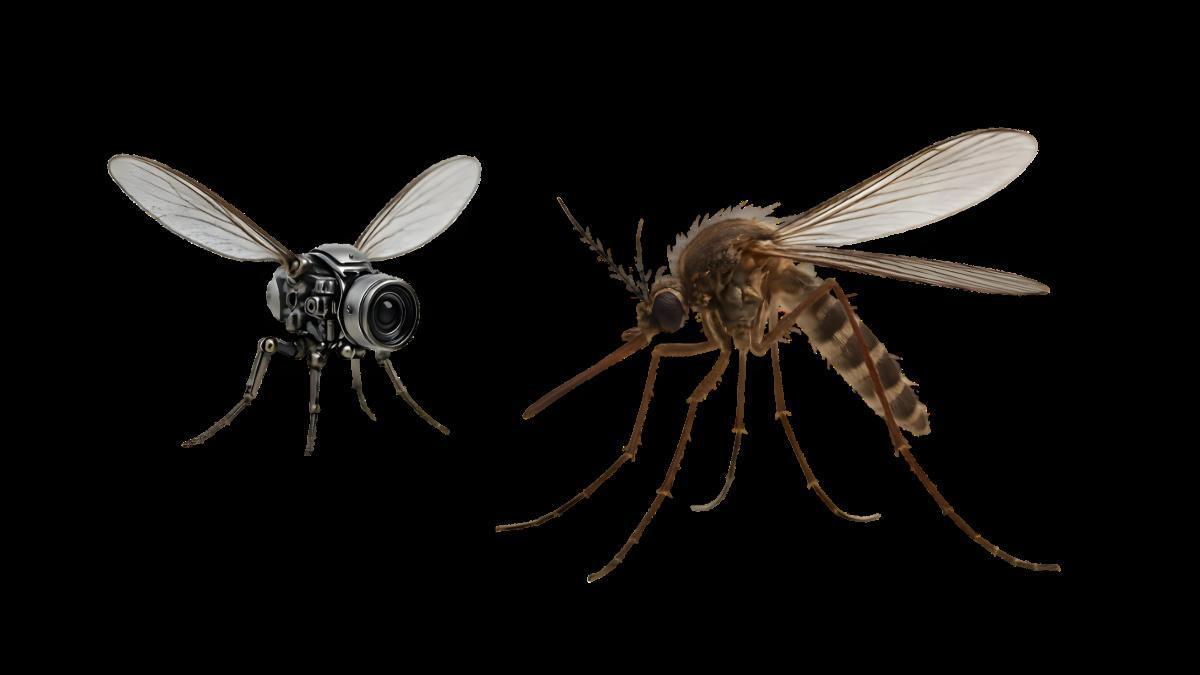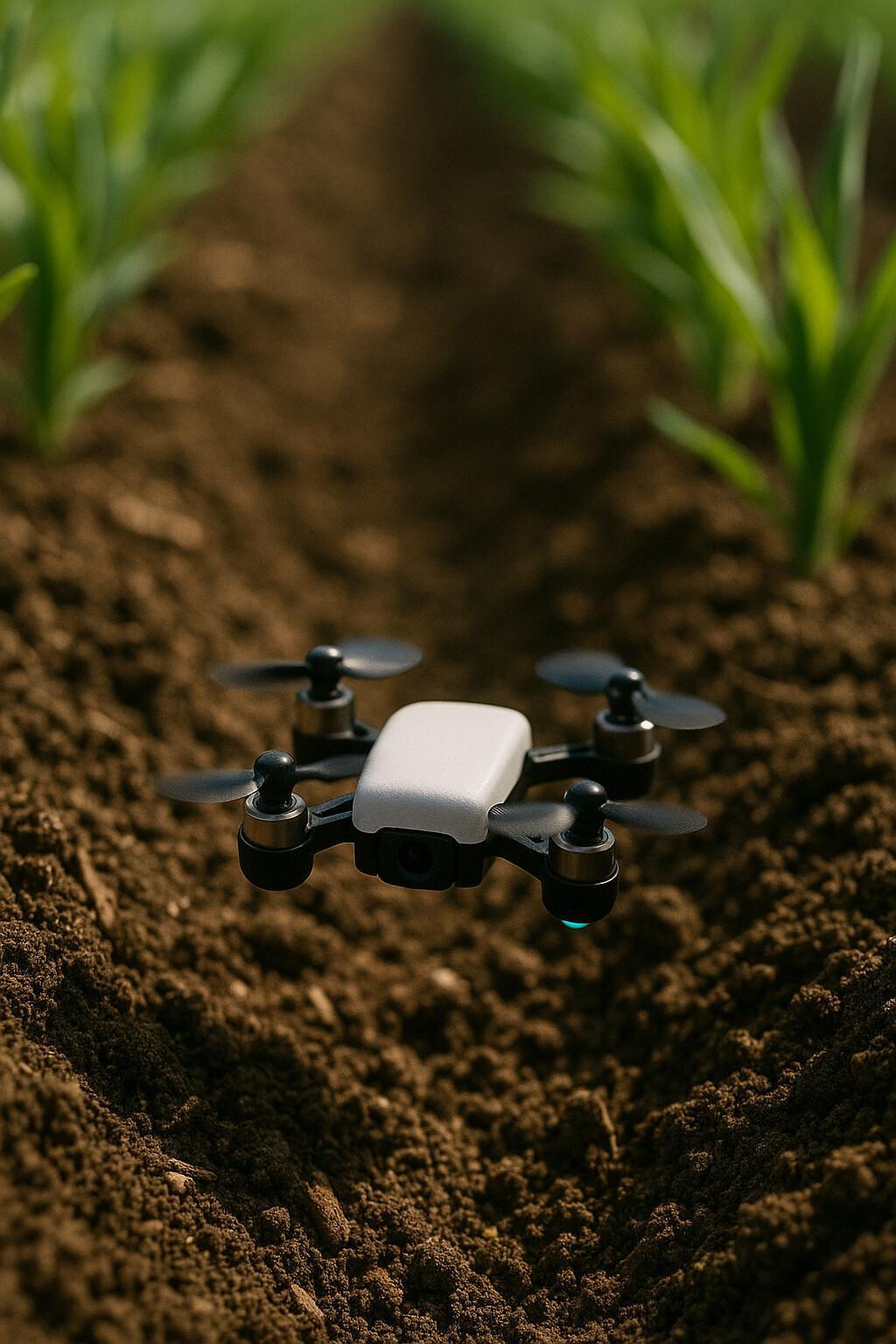The latest frontier in drone technology is shrinking to a scale that would have once been considered science fiction. Micro-drones, no larger than a common mosquito, are emerging from research labs into potential real-world applications. These insect-sized devices are often lighter than a paperclip, powered by tiny actuators or micro-rotors, and equipped with sensors that rival those in much larger drones. Engineers are leveraging advances in materials science, nanotechnology, and microelectronics to make them not just small, but functional in ways that could transform industries from environmental monitoring to national security.
At the heart of their appeal is stealth. A micro-drone the size of a mosquito is virtually invisible to the naked eye beyond a few feet, and its noise output is often indistinguishable from the ambient hum of insects. This allows for discreet surveillance in situations where larger drones would be obvious or intrusive. Law enforcement agencies and military researchers are already exploring prototypes capable of hovering, navigating tight spaces, and transmitting live video—all while staying hidden in plain sight.
However, micro-drones are not limited to espionage. Environmental scientists see them as a way to gather data in sensitive ecosystems without disturbing wildlife. Imagine a swarm of these devices fluttering through a rainforest canopy, mapping plant diversity, tracking pollinator activity, or detecting early signs of disease in endangered species—all without the risk of trampling fragile ground cover or startling animals. In agriculture, they could fly between rows of crops, monitoring plant health at a scale and resolution no satellite or large drone can match.
Their tiny size comes with engineering challenges. Powering a device that small is a feat in itself. Batteries must be lightweight yet provide enough energy for flight, which often limits mission duration to just a few minutes. Researchers are experimenting with energy harvesting from ambient sources—solar panels the size of a grain of rice, or even vibrational energy from wind—to extend operational time. Some prototypes mimic the flapping wing mechanics of real mosquitoes or dragonflies to improve energy efficiency.
Navigation is another hurdle. At this scale, traditional GPS systems are too bulky and energy-intensive. Instead, micro-drones rely on miniature cameras, optical flow sensors, and onboard AI to interpret their surroundings and avoid obstacles. This form of “machine vision” allows them to maneuver through narrow gaps, land on vertical surfaces, or fly in coordinated swarms without human guidance. In some cases, swarm behavior is modeled after insect colonies, allowing dozens of drones to cooperate on tasks such as search-and-rescue missions in disaster zones.
The potential for misuse is substantial, and ethical debates are already forming. A mosquito-sized drone could be used for illicit spying, targeted harassment, or even carrying microscopic doses of harmful substances. Governments and privacy advocates are concerned about how such devices might be deployed without public consent or oversight. As with many emerging technologies, the same qualities that make micro-drones valuable in research and industry also make them appealing tools for surveillance states or bad actors.
Some developers are addressing these concerns with built-in safeguards. Ideas include requiring proximity to a secure signal before operating, limiting flight time, or embedding traceable ID chips in every unit. Others argue that regulation must happen at the manufacturing level, with strict controls on who can purchase and operate such drones. But history suggests that once a technology this small and portable exists, controlling its distribution will be difficult.
In the commercial sector, companies are imagining consumer-friendly applications as well. Homeowners could deploy them as mobile security cameras, hovering quietly in hallways or patrolling the backyard. Hobbyists might use them for extreme close-up photography of insects, flowers, or other small objects. Filmmakers could choreograph swarms of micro-drones for dynamic shots impossible with traditional cameras, bringing a new dimension to cinematography.
The medical field could be another surprising beneficiary. Researchers are experimenting with micro-drones capable of delivering targeted treatments within the human body, much like robotic pills but with controlled navigation. While still speculative, such technology could one day navigate blood vessels, deliver drugs to a specific tumor, or assist in minimally invasive surgeries. The mosquito scale is appealing because it can enter tight biological spaces while minimizing harm to surrounding tissue.
In the end, mosquito-sized micro-drones embody both the awe and anxiety of technological miniaturization. They promise incredible breakthroughs in science, safety, and creativity, yet they also demand careful governance to prevent abuse. As they move from prototypes to widespread deployment, society will need to decide how much invisibility it is willing to grant to flying machines—and whether we can learn from the real mosquitoes, which have thrived for millions of years by being small, adaptable, and often underestimated.


